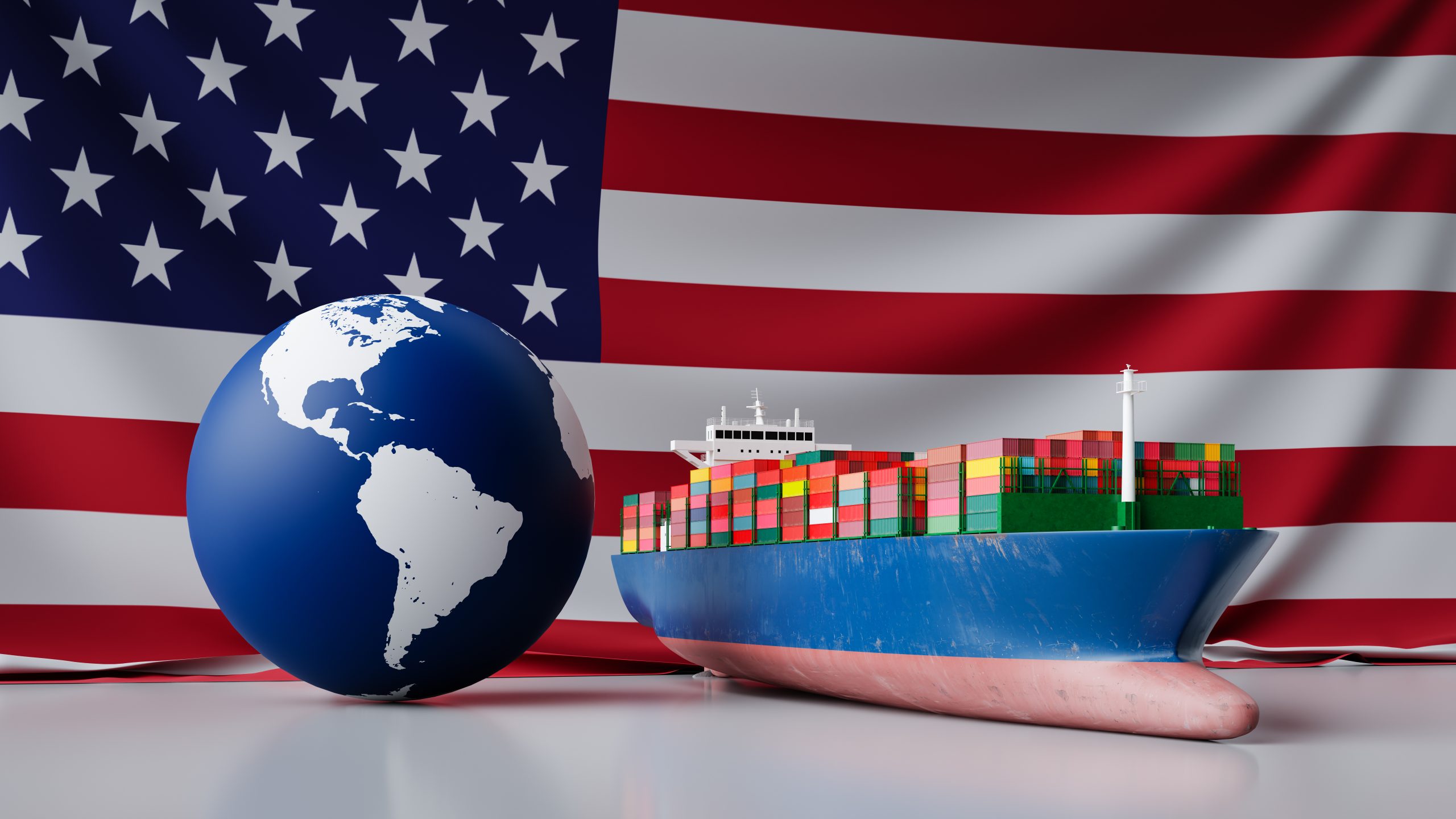The United States is one of the largest import markets globally. From electronics to apparel, billions of dollars’ worth of goods enter the country each month. However, with opportunity comes complexity. Every product has its own customs requirements, regulations, and challenges that importers need to manage.
In this article, we look at ten of the most commonly imported product categories and the customs issues businesses should watch out for.
1. Electronics
Items like smartphones, tablets, and computers are at the top of the import charts. While demand is steady, electronics come with their own set of customs concerns.
Key Challenges:
- Proper classification under the correct HTS code
- FCC compliance for wireless devices
- Risk of intellectual property rights (IPR) violations
Refer to our guide on Key Documents for Importing Goods into the U.S. to ensure your shipment paperwork is complete.
2. Apparel and Textiles
Clothing, fabrics, and fashion accessories are major imports but come with strict labeling and tariff rules.
Key Challenges:
- Country of origin labeling must be exact
- HTS code classification varies by material, gender, and type
- Tariffs can be high depending on the origin and product
Our guide on Importing Textiles and Apparel into the U.S. covers these regulations in depth.
3. Machinery and Industrial Equipment
Construction equipment, engines, and tools are imported for business and infrastructure use.
Key Challenges:
- Valuation discrepancies and incorrect invoicing
- Ensuring the importer has the right tariff treatment
- Complex multi-part shipments that must be classified properly
Working with a licensed customs broker can streamline the process and minimize errors.
4. Vehicles and Auto Parts
From tires to electric scooters, this category is heavily regulated.
Key Challenges:
- DOT and EPA requirements for compliance
- Import restrictions on used or non-conforming vehicles
- High duties on parts not covered under trade agreements
See our analysis on U.S. Tariff Changes and Their Impact for updated duty information.
5. Furniture and Home Goods
Home décor, lighting, and furnishings are consistently in demand.
Key Challenges:
- Wooden items require fumigation or proof of treatment
- Some products fall under anti-dumping or countervailing duties
- Many require special classification under HTS codes
6. Footwear
Footwear is a popular but tricky import category due to its varied material types and designs.
Key Challenges:
- Complex classification structure based on material, sole, and purpose
- High duty rates on certain footwear types
- Labeling requirements and country-of-origin markings
7. Toys and Games
With strict safety standards, toys are a high-risk import category.
Key Challenges:
- CPSC (Consumer Product Safety Commission) testing and documentation
- Clear labeling for age groups and safety hazards
- Must meet ASTM standards for physical and chemical safety
8. Beauty and Personal Care Products
Products like cosmetics, skincare, and fragrances are popular imports that fall under FDA scrutiny.
Key Challenges:
- Labeling must list ingredients and be free from false claims
- Imported products must be safe and free from banned substances
- Some may require pre-approval or registration
9. Pet Products and Supplies
The U.S. pet market is booming, especially through eCommerce. Imports range from pet beds and carriers to food and grooming products.
Key challenges:
- Varying classification based on product type and use
- FDA or USDA compliance for pet food and health-related items
- Common errors in labeling and country-of-origin documentation
10. Sporting Goods
This includes gear, equipment, and accessories for a wide range of sports and outdoor activities.
Key Challenges:
- Classification differs for each sport and material type
- May require labeling under consumer safety regulations
- Duties can vary widely by type and origin
Conclusion
Importing goods into the U.S. comes with exciting opportunities, but also unique challenges. By understanding your product’s classification, documentation, and compliance requirements, you’ll avoid delays, penalties, and confusion at the border.
If you want help navigating customs, partner with a broker who understands the industry inside and out.
Let Clearit USA Handle the Complexity
Whether you’re importing toys, textiles, electronics, or home goods, Clearit USA is here to help.
Contact us today to get a quote.





